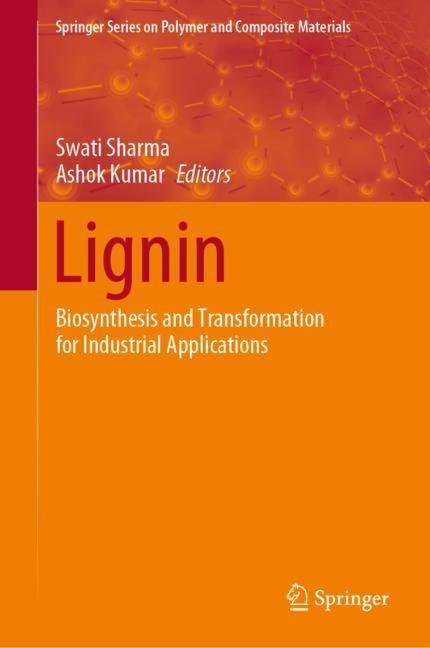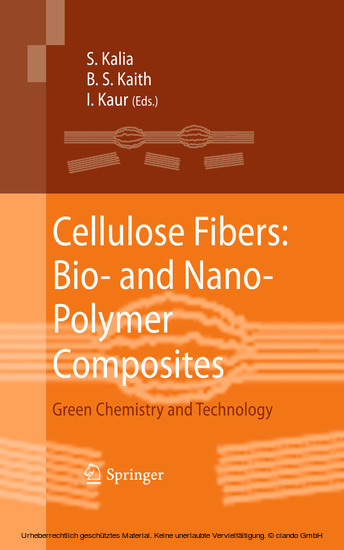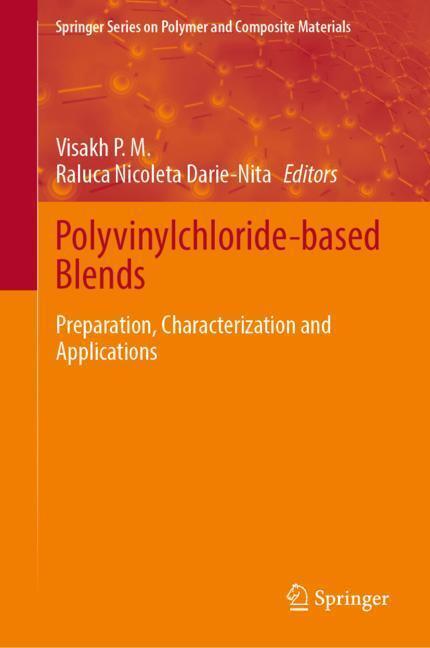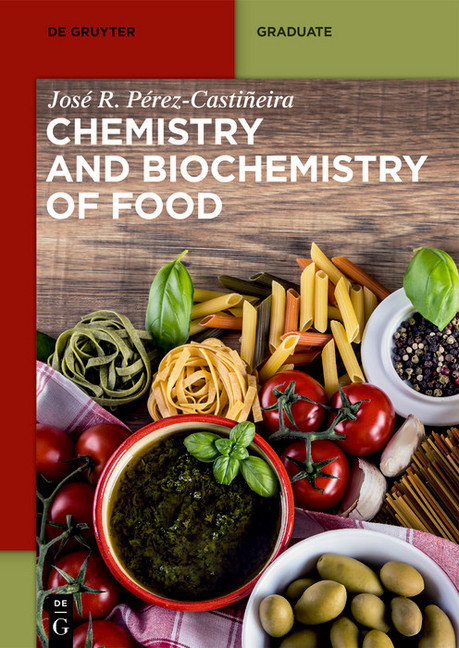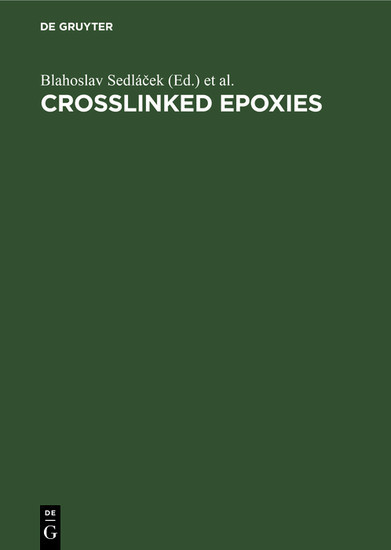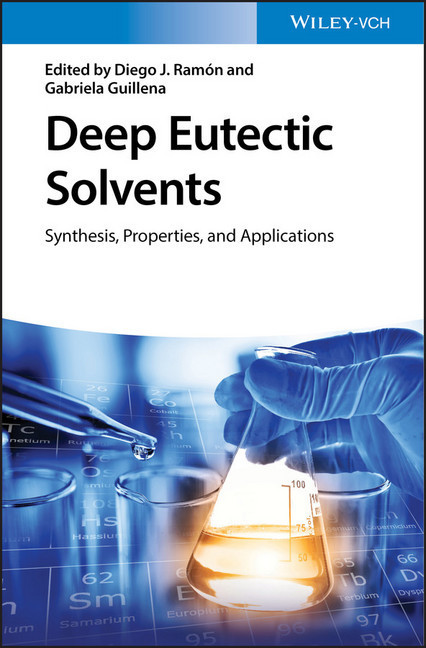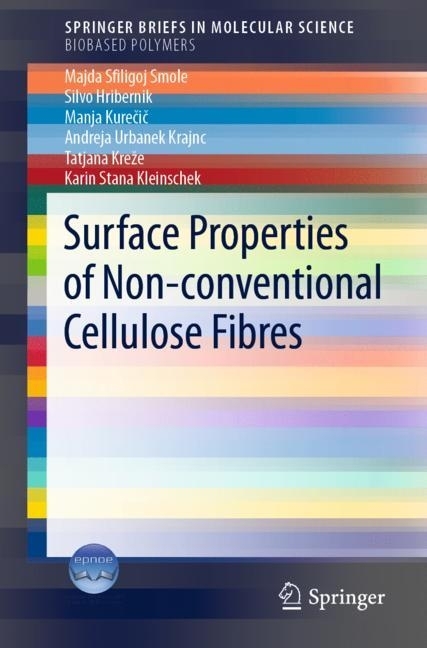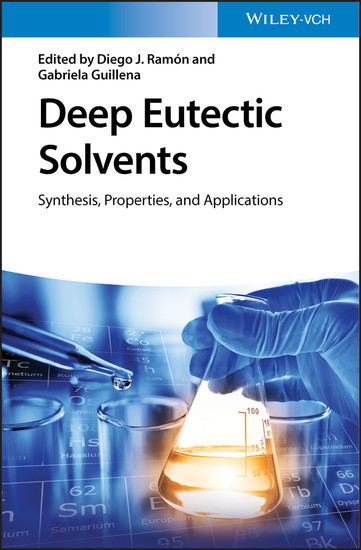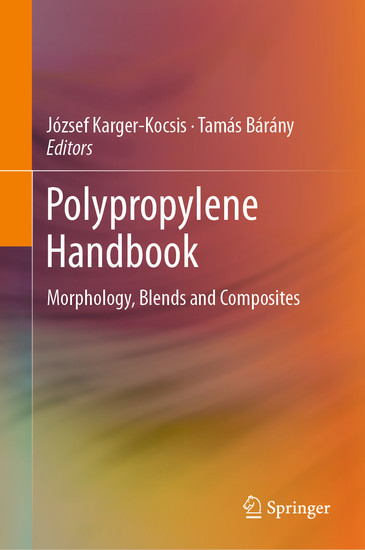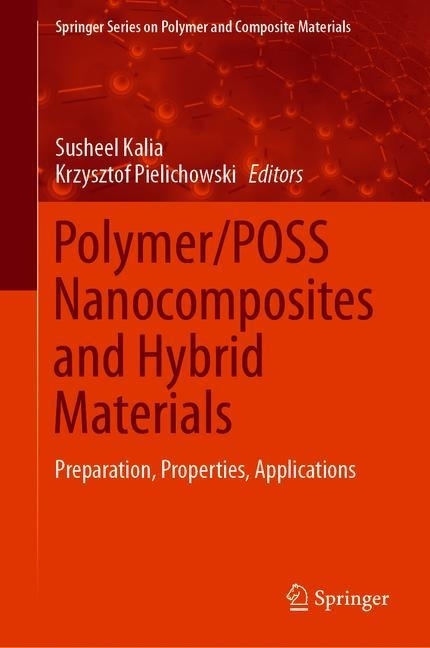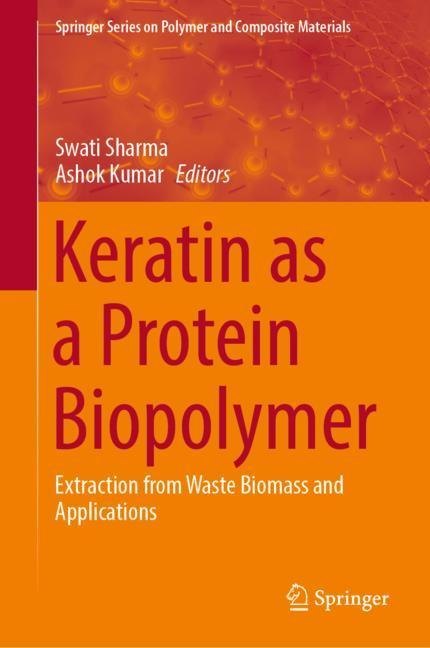Lignin
Biosynthesis and Transformation for Industrial Applications
This book presents a comprehensive overview on origin, structure, properties, modification strategies and applications of the biopolymer lignin. It is organized into four themed parts. The first part focuses on the analysis and characterization of the second most abundant biopolymer. The following part is devoted to the biological aspects of lignin such as biosynthesis and degradation. In the third part, chemical modification strategies and the preparation of composites as well as nano- and microparticles are discussed.The final part addresses the industrial application of lignin and its derivatives, as well as lignin materials. The usage for synthesis of biofuels, fine chemicals and in agriculture and food industry is covered.
This book is a comprehensive source for researchers, scientists and engineers working in the field of biopolymers as well as renewable materials and sources.
This book is a comprehensive source for researchers, scientists and engineers working in the field of biopolymers as well as renewable materials and sources.
1;Preface;6 2;Contents;8 3;About the Editors;10 4; Lignin as Potent Industrial Biopolymer: An Introduction;12 4.1;1 Introduction;13 4.2;2 Sources and Structure of Lignin;13 4.2.1;2.1 Major Sources of Lignin;13 4.2.2;2.2 Structural Composition of Lignin;15 4.3;3 Lignin Extraction from Different Types of Biomass;16 4.3.1;3.1 Biological or Enzymatic Methods;16 4.3.2;3.2 Chemical Methods;17 4.3.3;3.3 Physical Methods;17 4.3.4;3.4 Miscellaneous Processes of Lignin Extraction and Conversion;18 4.4;4 Challenges in Lignin Conversion;18 4.5;5 Lignin-Derived Products of Industrial Importance;19 4.5.1;5.1 Lignin-Based Foams;19 4.5.2;5.2 Epoxy Resins from Lignins;20 4.5.3;5.3 Lignin-Based Ethers;20 4.5.4;5.4 Lignin-Based Esters;20 4.5.5;5.5 Lignin-Based Paints and Coatings;21 4.6;6 Conclusion;21 4.7;References;22 5; Structure and Characteristics of Lignin;27 5.1;1 Introduction;28 5.2;2 Structural Features of Lignin;31 5.2.1;2.1 Monolignols/Units;31 5.2.2;2.2 Inter-Unit Linkages;34 5.2.3;2.3 Lignin-Carbohydrate Complex (LCC);37 5.2.4;2.4 Monolignol Radicals;38 5.2.5;2.5 Biosynthesis of Lignin;39 5.2.6;2.6 Computational Assays;42 5.2.7;2.7 Structural Models of Lignin;43 5.2.8;2.8 Classification of Lignins;45 5.3;3 Physicochemical Properties of Lignin;45 5.3.1;3.1 Heating Values;45 5.3.2;3.2 Molecular Weight and Polydispersity;45 5.3.3;3.3 Thermal Characterization;46 5.3.4;3.4 Solubility;47 5.3.5;3.5 Relative Density;48 5.3.6;3.6 Color;48 5.3.7;3.7 Functional Groups;48 5.3.8;3.8 Chemical Reactions;49 5.4;4 Depolymerization and Isolation Technologies;50 5.4.1;4.1 Brauns' Lignin;50 5.4.2;4.2 Milled Wood Lignin (MWL);51 5.4.3;4.3 Soda Lignin (Alkali Lignin);51 5.4.4;4.4 Kraft Lignin;52 5.4.5;4.5 Sulfite Lignin (Lignosulfonates);52 5.4.6;4.6 Organosolv Lignin;53 5.4.7;4.7 Klason Lignin;53 5.4.8;4.8 Hydrolytic Lignin;53 5.4.9;4.9 Acidolysis Lignin;54 5.4.10;4.10 Cellulolytic Enzyme Lignin (CEL);54 5.4.11;4.11 Enzymatic Mild Acidolysis Lignin (EMAL);54 5.4.12;4.12 Pyrolytic Lignin;55 5.4.13;4.13 Steam Explosion Lignin (SEL);55 5.4.14;4.14 Ionic Liquid Extraction;55 5.4.15;4.15 Derivatization Followed by Reductive Cleavage (DFRC);56 5.5;5 Instrumental Strategies;56 5.5.1;5.1 Elemental Analysis;57 5.5.2;5.2 Spectroscopic Methods;57 5.6;6 Summary and Prospects;69 5.7;References;71 6; Lignin Synthesis and Degradation;86 6.1;1 Introduction;86 6.2;2 Lignin Biosynthesis;88 6.2.1;2.1 Synthesis of Lignin Monomeric Units;88 6.2.2;2.2 Glycosylation of Monolignols Their Storage and Transport;94 6.2.3;2.3 Oxidative Polymerization;95 6.3;3 Lignin Degradation;95 6.3.1;3.1 Lignin-Modifying Enzymes;98 6.3.2;3.2 Supplementary Enzymes for Lignin Degradation (LDEs);104 6.4;4 Way Forward;113 6.5;References;115 7; Analysis of Lignin Using Qualitative and Quantitative Methods;123 7.1;1 Introduction;123 7.1.1;1.1 Lignin;124 7.1.2;1.2 Biological Role and Commercial Significance;125 7.2;2 Lignin Analysis;127 7.2.1;2.1 Qualitative Methods of Lignin Analysis;128 7.2.2;2.2 Quantitative Methods of Lignin Analysis;133 7.2.3;2.3 Future Challenge and Development;140 7.3;3 Conclusion;141 7.4;References;142 8; Chemical Modification of Lignin by Polymerization and Depolymerization;147 8.1;1 Introduction;147 8.2;2 Lignin Polymerization;149 8.2.1;2.1 Methods for the Synthesis of New Reactive Sites in Lignin Structure;149 8.2.2;2.2 Modification of Lignin's Hydroxyl Groups;154 8.2.3;2.3 Lignin-Based Polymers;159 8.3;3 Lignin Depolymerization;164 8.3.1;3.1 Depolymerization by Chemical Treatment;166 8.3.2;3.2 Depolymerization by the Thermochemical Process;170 8.3.3;3.3 Depolymerization by Biological Transformations;176 8.4;4 Conclusions;178 8.5;References;179 9; Lignin and Its Composites;189 9.1;1 Introduction;189 9.2;2 Lignin in Thermoplastic Composites;190 9.2.1;2.1 Polyethylene/Lignin Composites;190 9.2.2;2.2 Polypropylene/Lignin Composites;192 9.2.3;2.3 Polylactic Acid/Lignin Composites;195 9.3;3 Lignin in Thermoset Composites;198 9.3.1;3.1 Polyurethane/Lignin Composites;198 9.3.2;3.2
| ISBN | 9783030406639 |
|---|---|
| Artikelnummer | 9783030406639 |
| Medientyp | E-Book - PDF |
| Copyrightjahr | 2020 |
| Verlag | Springer-Verlag |
| Umfang | 304 Seiten |
| Sprache | Englisch |
| Kopierschutz | Digitales Wasserzeichen |

